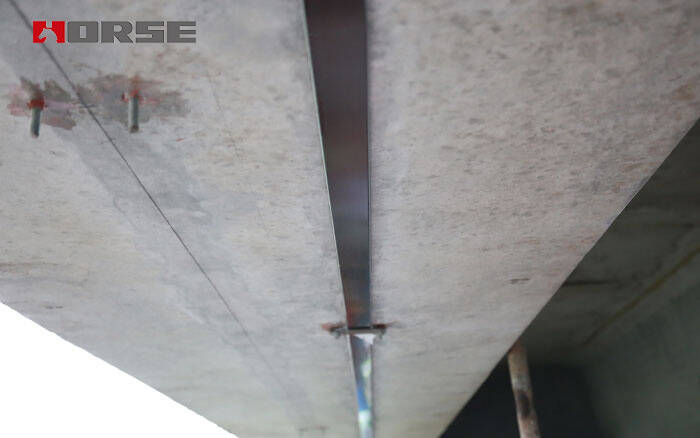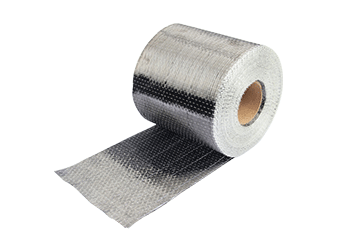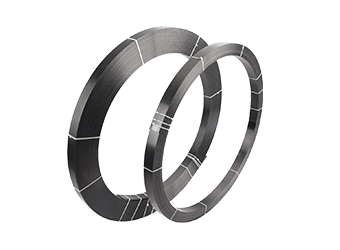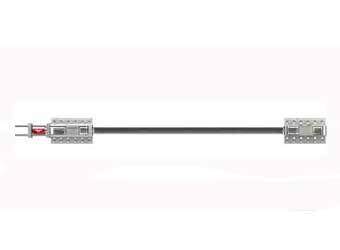Soluções
A Horse Construction oferece uma ampla gama de materiais de reforço estrutural, incluindo suporte técnico, suporte de documentação, suporte de produtos, suporte de software e suporte de projeto.
Principles of Comparison and Selection of Bridge Reinforcement Methods

There are many ways to strengthen bridges, but which method should be used for strengthening is a question we should consider. Some specific strengthening methods may only be suitable for specific engineering examples, and it is more difficult to find a general strengthening method. Therefore, we are required to select the most suitable and effective reinforcement method according to the actual situation of the project.
Reinforcement measures are taken for old bridges that have been in danger for a long time. Generally, there are the following types:
(1) In the current state, the bridge can no longer meet the existing traffic requirements of the number and weight of vehicles. At this time, the traffic of vehicles has a relatively dangerous impact on the bridge. After checking, the bridge cannot meet the strength requirements of the current traffic flow. . Due to the increase of heavy vehicles in the past, the original bridge was damaged due to insufficient bearing capacity. In order to maintain the same load-bearing capacity of the bridges along the entire route, individual unsatisfied bridges should be reinforced according to the load requirements of the entire route to meet the overall requirements.
(2) Damages such as cracks, falling of the main structure, steel corrosion, etc. occur on a part of the bridge. When these damages are very serious and cause danger to the current vehicle traffic, the bridge should be repaired and reinforced as soon as possible to avoid unnecessary personnel and property losses. If the damage is not serious and does not affect the strength, it is not necessary to reinforce it or reinforce it later.
(3) The bridge lanes are not enough. If there are more vehicles passing by due to the current increase in traffic volume and insufficient lanes, the lanes should be widened or increased.
(4) If the bridge is severely disturbed or partially disturbed, which affects the normal use of the bridge, in order to improve the stiffness of the bridge, it should be reinforced as soon as possible.
(5) In severe weather conditions such as strong winds and floods, emergency repairs and reinforcements should be implemented if the bridge is damaged; and temporary reinforcements should be implemented when special vehicles have to pass.
According to the several situations mentioned above, we propose the following principles for selecting bridge strengthening methods:
(1) Reinforcement technology is reliable, and its safety and durability meet the requirements of bridge use.
(2) Compared with building a new bridge, the cost of reinforcement should be saved.
(3) Simple construction and simple requirements for reinforcement equipment.
(4) Try not to interrupt the traffic or interrupt the traffic as little as possible during the reinforcement process
(5) The performance of the materials used in the reinforcement and transformation should be better, and the maintenance work in the later period should be less.
(6) The reinforcement method should cause as little damage as possible to the original bridge structure during the reinforcement process.
In summary, no matter what kind of reinforcement method is adopted, it should be considered that the investment is small, the work efficiency is fast, the traffic is not interrupted as much as possible, the technology is simple and feasible, and the method has better durability.
Você pode encontrar tudo o que precisa aqui. Confie e experimente esses produtos, você vai perceber uma grande diferença depois.

A fibra de carbono da Horse Construction é para reforço estrutural, reparo e modernização de substratos de concreto, alvenaria, aço e madeira em edifícios, pontes, rodovias, ferrovias, túneis, píeres e aeroportos civis.

O laminado de polímero reforçado com fibra de carbono Horse (CFRP) é um laminado composto pré-curado, colado na estrutura como reforço externo com epóxi HM-120CP.

O sistema de laminado CFRP protendido Horse (sistema CFRP pós-tensionado) inclui dispositivos de ancoragem e laminado de fibra de carbono especialmente projetados para pontes, edifícios e reforço de estruturas de aço.